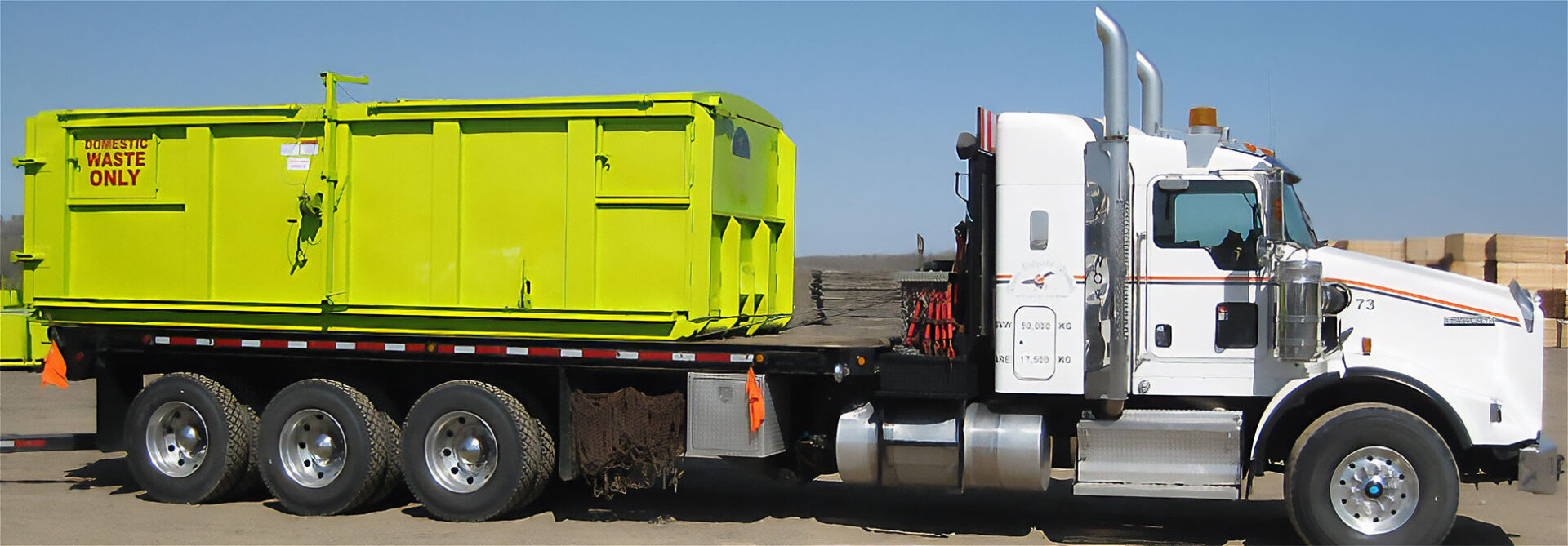All Regarding Oil Field Equipment and Pipeline Equipment: Secret Insights and Vital Details
Oil field equipment and pipeline systems play a crucial duty in the oil and gas industry. They are essential for the reliable removal and transportation of hydrocarbons. Key elements, such as drilling rigs and storage tanks, straight impact functional success. Improvements in modern technology promise to boost safety and performance. Recognizing these components is vital for anybody included in or curious about this intricate field, as it sets the phase for deeper exploration of sector techniques.

Introduction of Oil Field Equipment
As the demand for oil proceeds to expand, understanding the tools used in oil fields comes to be progressively vital. Oil field equipment encompasses a variety of machinery and devices vital for exploration, extraction, and processing. Key elements include piercing rigs, which are crucial for getting to oil tanks, and manufacturing equipment, such as separators and pumps, that promote the removal procedure. Superior Oilfield pipeline equipment rentals. In addition, storage space containers play a considerable duty in holding crude oil before transportation. Safety and security equipment, including blowout preventers and pressure assesses, guarantees operational security and performance. Each item of devices features cohesively to maximize manufacturing and maintain reliable workflow. Experience with this devices is essential for professionals in the market to guarantee successful operations and adherence to safety requirements
Sorts Of Drilling Rigs and Their Applications
Drilling rigs act as the foundation of oil extraction procedures, with numerous types made for certain geological problems and functional needs. One of the most typical kinds include rotary exploration rigs, which utilize a revolving drill bit to pass through the planet, and cable device rigs, known for their percussion drilling technique. For overseas operations, jack-up rigs and semi-submersible rigs provide stability and assistance in marine environments. In addition, directional exploration rigs allow operators to pierce at angles, reaching down payments that are not up and down available. Each gear type has distinct advantages, maximizing effectiveness and safety and security based upon the boring setting. Selecting the appropriate gear is important for taking full advantage of resource extraction while minimizing environmental influence and operational prices.

Vital Pipeline Equipment and Their Functions
Pipeline infrastructure is necessary for the transportation of oil and gas from extraction sites to refining centers and end-users. Various vital devices parts facilitate this procedure. Pipes themselves function as the main avenues, made to endure high stress and corrosive compounds. Pump stations are critical for maintaining flow by increasing stress along the pipeline. Valves play a crucial duty in controlling flow and isolating sections for maintenance. Additionally, fittings and connectors assure protected joints between pipe areas. Monitoring systems, consisting of flow meters and pressure sensors, are vital for discovering leaks and enhancing circulation rates. Lastly, pigging tools is employed for maintenance and cleansing, securing pipeline honesty and efficiency. Together, these parts develop the foundation of a reliable pipeline system.
Innovations and Technologies in Oil and Gas Equipment

Safety And Security and Maintenance Practices in the Oil Market
While the oil sector has actually made considerable strides in innovation and effectiveness, the relevance of robust security and upkeep methods can not be overstated. Effective safety and security protocols are important to protect workers and the environment, reducing the threat of mishaps and spills. Normal inspections and maintenance of tools aid identify possible issues prior to they rise, making sure functional stability. Educating programs for workers are essential, emphasizing the relevance of safety and security awareness and emergency feedback treatments. Furthermore, adherence to market policies and requirements fosters a society of safety. Applying sophisticated monitoring modern technologies can further enhance upkeep techniques, allowing for real-time evaluations of devices conditions. Discover More Ultimately, focusing on safety and security and upkeep is indispensable to the sustainability and success of the oil industry.
Frequently Asked Questions
What Are the Environmental Influences of Oil Field Equipment?
The ecological impacts of oil field equipment consist of environment destruction, water contamination, and air pollution (Superior rentals squeeze tools). Additionally, equipment malfunction can result in spills, negatively impacting wild animals and ecological communities, highlighting the need for rigorous guidelines and tracking
Exactly How Is Oil Field Equipment Delivered to Remote Locations?
Transferring oil field equipment to remote locations usually entails specialized vehicles, helicopters, or barges. Logistics firms coordinate routes, ensuring devices gets here securely and effectively, considering terrain and ease of access to lessen delays and take full advantage of performance.
What Governing Criteria Govern Oil Field Equipment?
Governing requirements controling oil field equipment mainly consist of security, environmental management, and functional effectiveness standards. Agencies such as OSHA and EPA impose these policies to ensure risk-free practices and lessen eco-friendly influence in oil removal operations.
What Abilities Are Needed to Run Oil Field Equipment?

Exactly How Do Oil Prices Influence Equipment Demand and Use?
Oil costs significantly influence equipment need and usage. Higher prices generally lead to increased expedition and check this production tasks, driving demand for equipment. Conversely, lower rates may lead to decreased operations and reduced need for equipment.